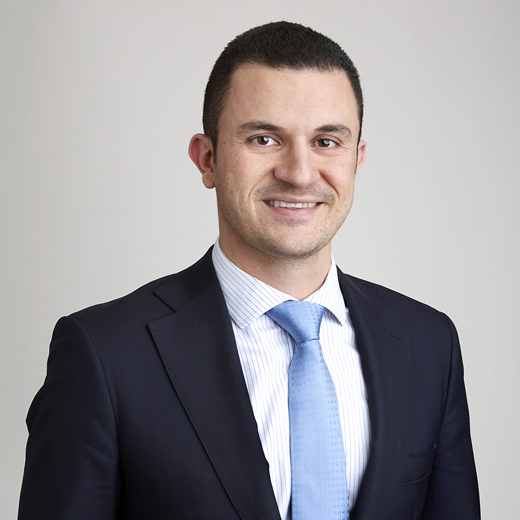After a couple of false starts earlier in the year, we believe the global economic environment has significantly increased potential for recovery and growth.
Zeitgeist: the long-term context
We are starting to see early indications of improvements in survey data.
Manufacturing PMI data has stabilised in developed markets and is improving in developing economies. Additionally, non-manufacturing numbers have also indicated improving performance.
These improving trends are likely to be a response to the supportive policy environment which has developed over the last year, with 85% of central banks easing monetary policy. We would expect the impact of these policy decisions to lag implementation by six to 12 months.
We have also seen a rotation in risk assets away from growth and momentum stocks and the US market, into more value-orientated equities and regions such as Japan and emerging markets.
Given these sectors and regions tend to outperform when growth is improving and broadening, it suggests the market is starting to recognise the potential for accelerating growth.
Macro drivers: medium-term environment
Economic performance this year has been impacted by the persistence of specific geopolitical risks. The past few weeks has seen an easing of some of these headwinds.
The US and China seem keen to strike a trade deal, albeit limited in scope, which marks a departure from the escalation in tariffs which preceded it.
Furthermore, the agreement of a deal between the UK and EU, despite the subsequent failure to pass the deal through parliament, did significantly reduce the likelihood of a no-deal outcome with respect to Brexit.
Signals: short-term indicators
Given positive developments in markets, our risk appetite has increased this month although we recognise the potential for mini corrections that have characterised markets in recent months.
We also recognise the increased probability of a ‘melt-up’ scenario, in which markets rise strongly on the back of strong confidence and optimism.




